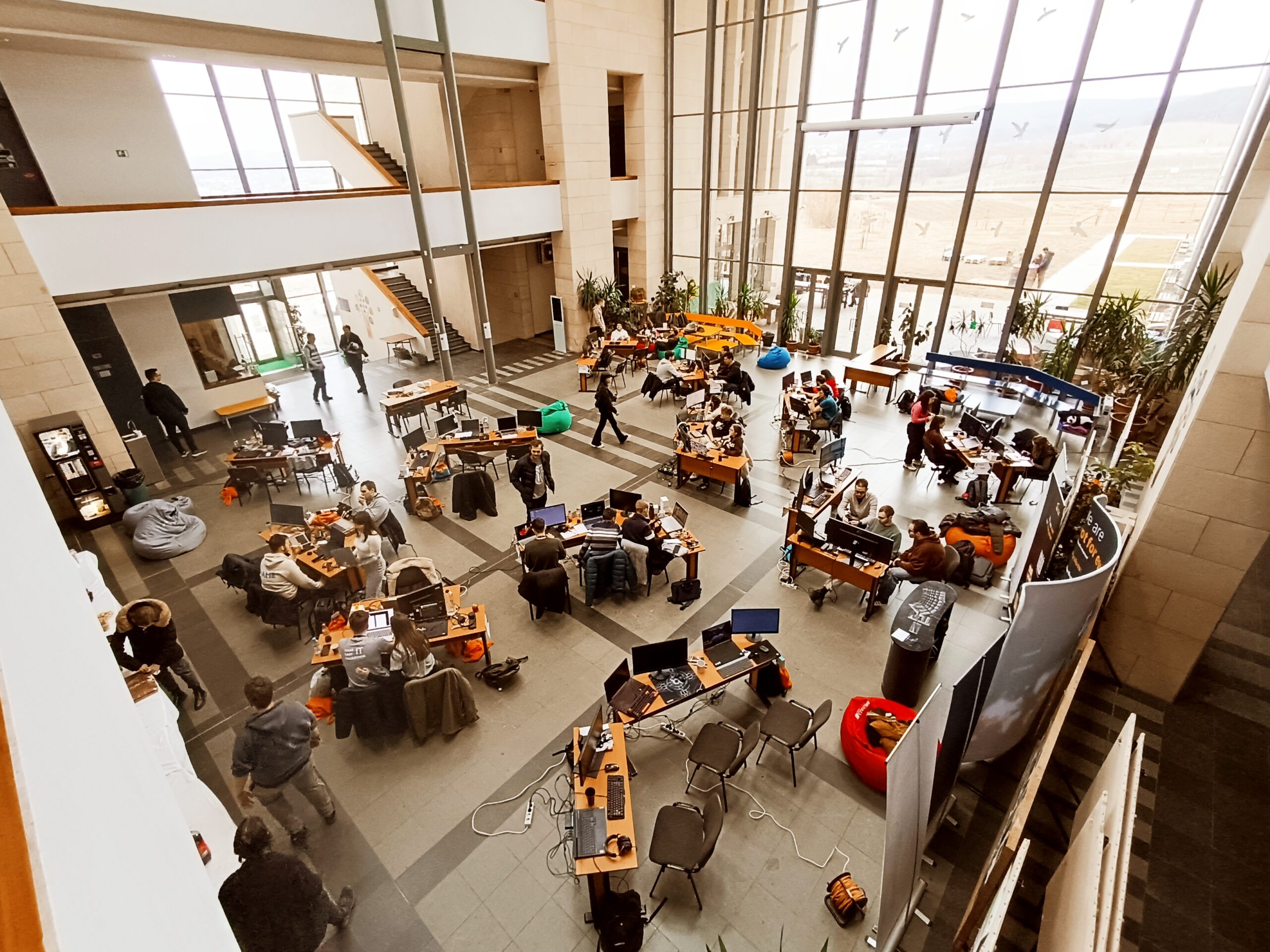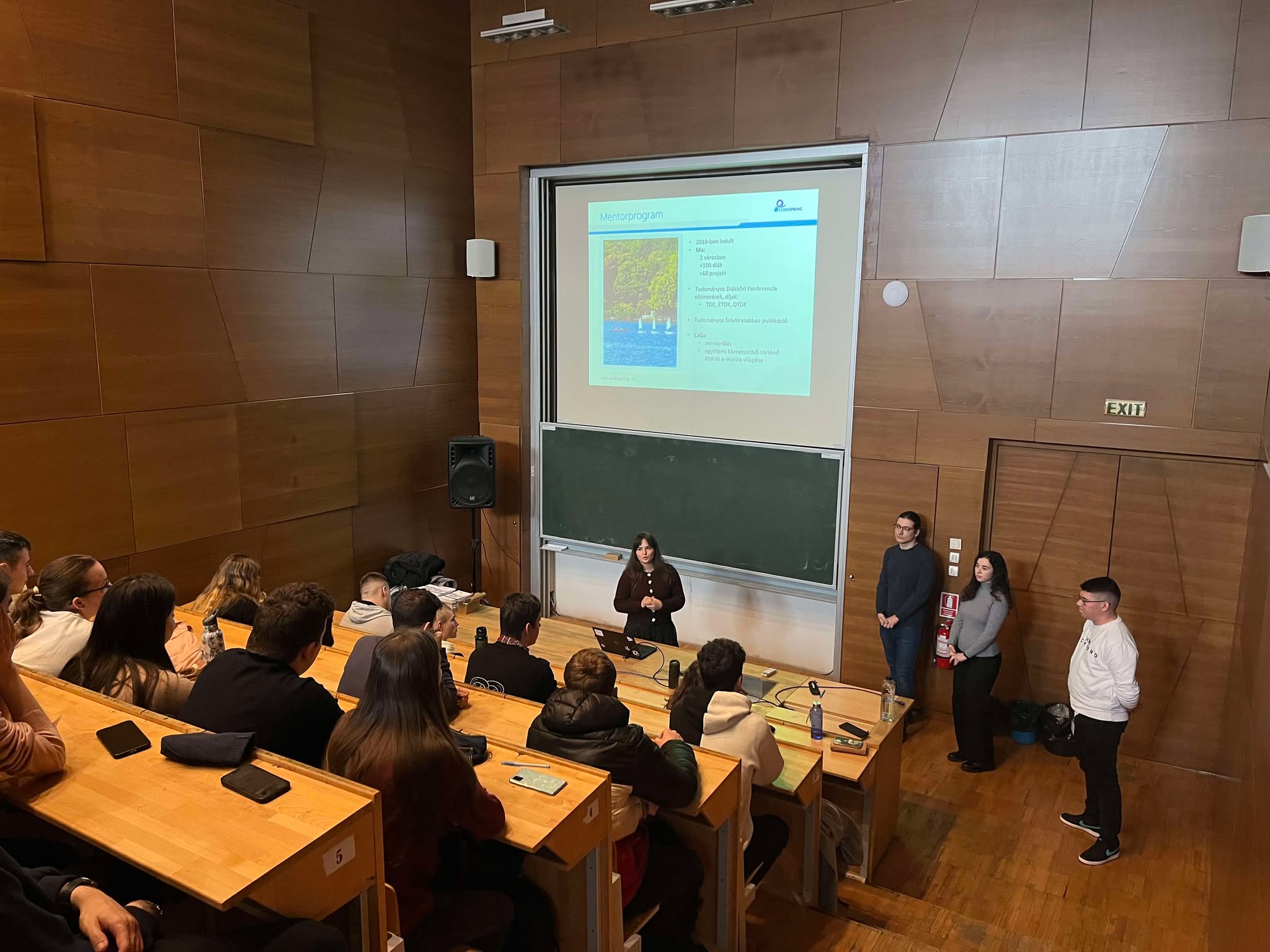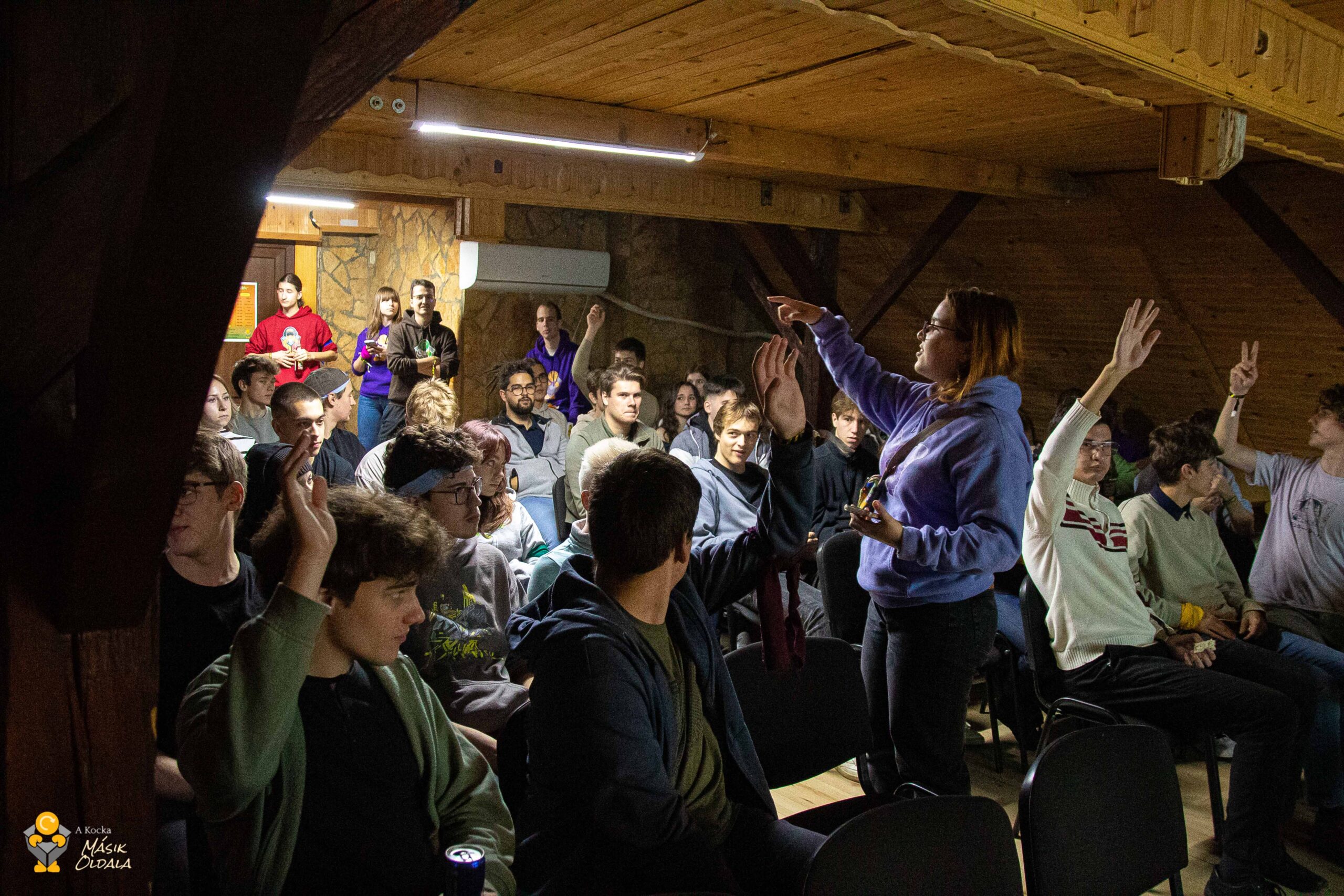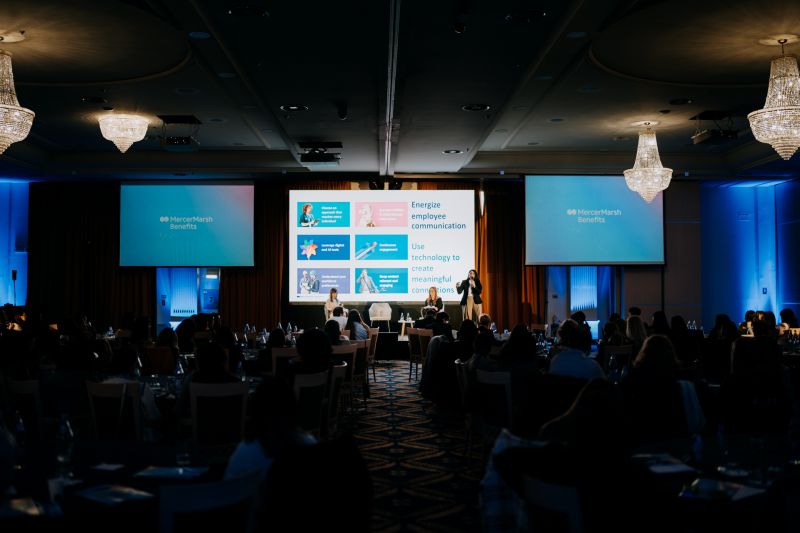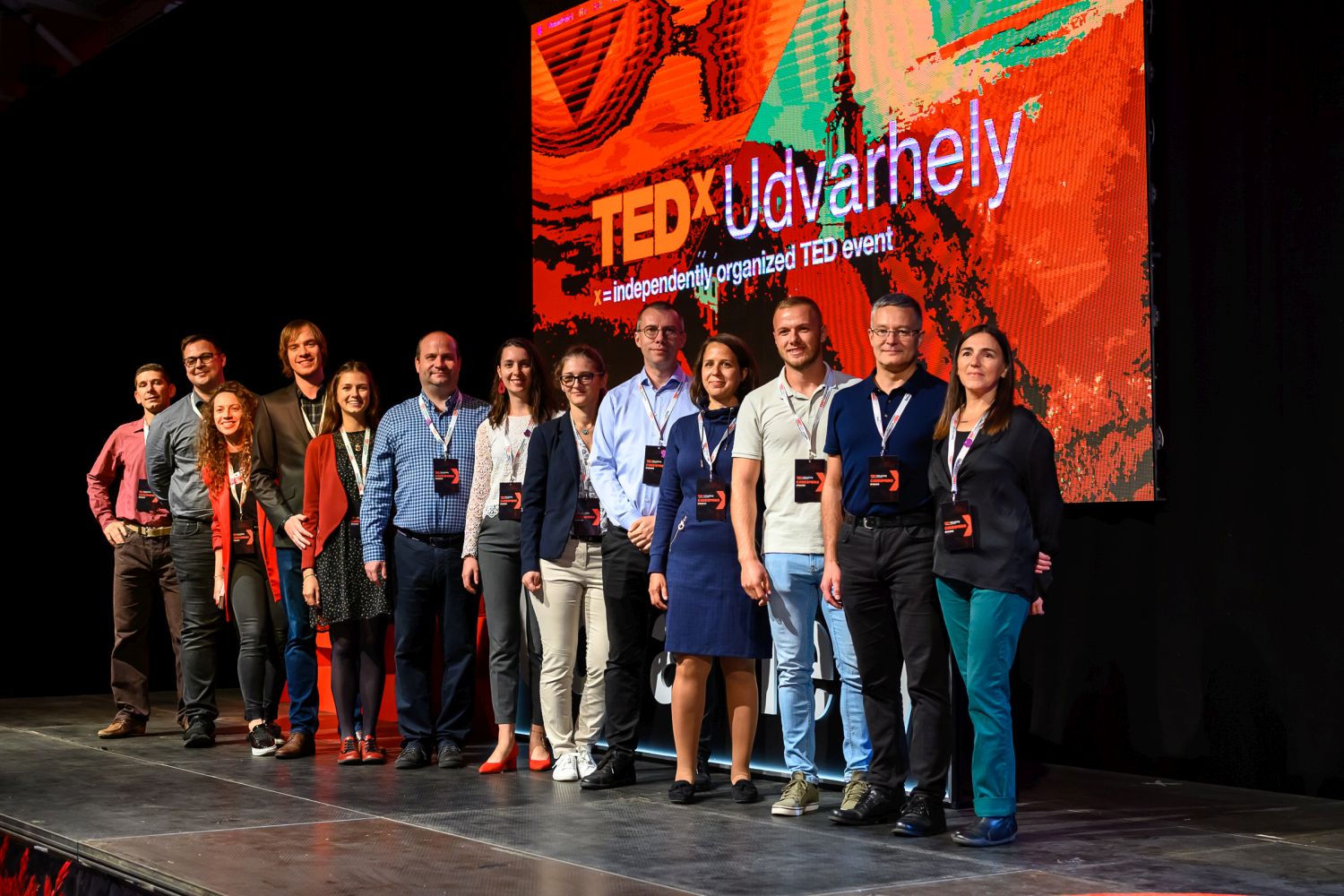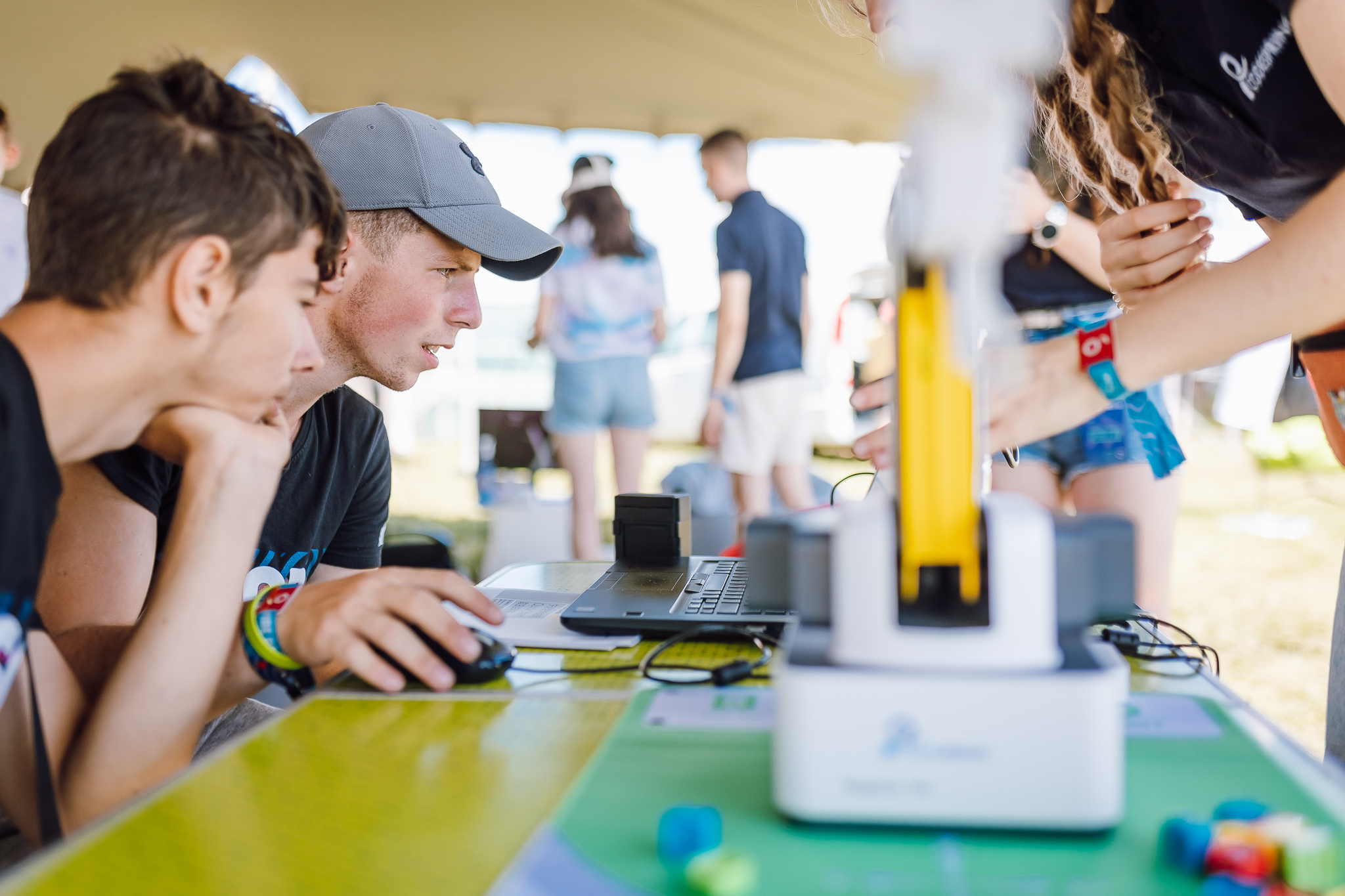According to Gartner’s research paper published on the 2nd of October 2015 the spectacular development of smart machines and self-reliant devices will radically influence business practices and human behavior. We have been witnessing the rise of this phenomenon in 2013/2014 and now we are seeing it deployed in front of our eyes.
The team of 27 researchers and analysts that have worked on this Gartner report , concluded on the following key findings:
- The relationships between machines and people are becoming increasingly competitive, as smart machines acquire the capabilities to perform more and more daily activities.
- “Smartness” is now everywhere in the work environment, with consequences that are difficult for enterprise decision makers to foresee.
- The Nexus of Forces is evolving and expanding into an entirely new set of scenarios.
Three years and five years from now, the top ten strategic planning assumptions pointed by Gartner research Group are the following
- By 2018, 20% of all business content will be authored by machines.
- By 2018, 6 billion connected things will be requesting support.
- By 2020, autonomous software agents outside of human control will participate in 5% of all economic transactions.
- By 2018, more than 3 million workers globally will be supervised by a “roboboss.”
- By YE18, 20% of smart buildings will have suffered from digital vandalism.
- By 2018, 50% of the fastest-growing companies will have fewer employees than instances of smart machines.
- By YE18, customer digital assistants will recognize individuals by face and voice across channels and partners.
- By 2018, 2 million employees will be required to wear health and fitness tracking devices as a condition of employment.
- By 2020, smart agents will facilitate 40% of mobile interactions, and the post-app era will begin to dominate.
- Through 2020, 95% of cloud security failures will be the customer’s fault.
An excerpt from the Analysis section is elocvent:
“This year’s 10 seemingly disparate top predictions are more closely related than they might seem at first glance.
Among the high-level trends that emerge from these predictions are:
The relationships between machines and people are moving from the cooperative to the co-dependent to the competitive:
In last year’s predictions, we stated that the world was rapidly moving to a future in which machines and humans would be co-workers, and possibly even co-dependents — and this is now a reality. We’re seeing an increase in the use of autonomous and smart machines, and in the ability of those machines to depend on human partners. Forty-seven percent of devices will soon have the necessary intelligence to request support. Things everywhere, from connected engines to connected prostheses, will be requesting support from humans and human-managed businesses. Vending machines, vacuum cleaners, printers, air fresheners, security cameras, parking meters, soap dispensers and aircraft are just a few examples of things that will be asking for repair. The next frontier is a world where machines compete with people to perform more and more daily activities.
“Smartness” is being applied across the entire fabric of the work environment:
We need to be asking ourselves, “How smart is smart enough?” when it comes to software systems and devices. When devices become smart enough to go beyond simple autonomous behavior, to behavior that is less predictive, we open the door to unexpected — and potentially unwanted — results. The prevalence of metacoin platforms driven by software algorithms, for example, allows the emergence of a fully programmable economy operating beyond the control of centralized institutions or even governments. Will this lead to software agents acting as robothieves, making unauthorized economic transactions? Will the rise of smart machine instances in the workforce drive a psychological wedge between businesses and their employees, making them feel increasingly like parts of an all-encompassing business machine? These are questions that, while not yet fully answered — and perhaps not fully answerable, are examined implicitly as part of our predictions on the future of smart machines.
The Nexus of Forces is evolving and expanding into an entirely new set of scenarios:
Security responsibility, personal identification and the evolution of the post-app era are three areas where we see the converging factors that Gartner has identified as the Nexus of Forces — social networking, cloud computing, mobile communications and information — continuing to evolve. As security concerns take center stage for digital customers, it is becoming clear that security is everyone’s problem. We predict that cloud security will evolve to become more of a customer maturity issue than a provider issue. We allude to the fact that password identification will no longer be enough, and much of our personal “image” will become our digital signature. We also state categorically that mobile apps are not the final word when it comes to the way individuals interact with businesses. These three issues expose us to the notion that the maturity of cloud and mobile, and the need for more effective approaches to security, are now becoming core value propositions for business.”
Source: www.gartner.com


